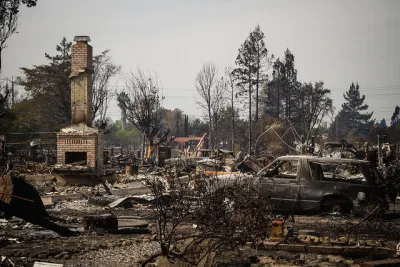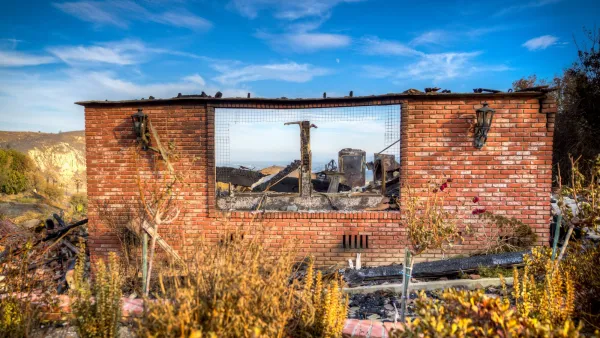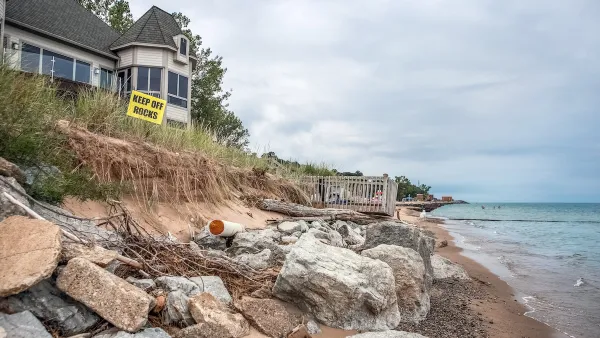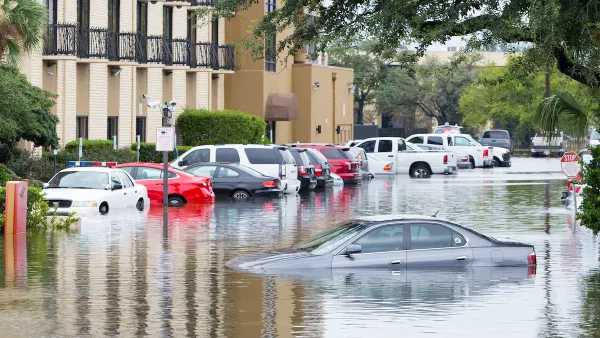Setting insurance rates by looking to the past to predict the future doesn’t make sense with increasing environmental uncertainties, argues the California insurance industry.

Ry Rivard reports that insurance companies in California are arguing that the "new normal" of climate change is altering the insurance landscape. "Near the top of the industry’s wish list is a wonky request: Let insurers set premiums based on the risk of fires that could burn someday soon."
The current approach is to use past losses to predict future ones. But many of the most catastrophic events have happened fairly recently and the frequency and severity of disasters will likely increase in the future. “Since the 1980s, insurers have used increasingly sophisticated computer models to prepare for hurricanes and earthquakes. The California Earthquake Authority, a government-run insurer, uses catastrophe models to set rates, as does a similar effort in Florida to provide hurricane insurance,” writes Rivard.
Critics say that allowing insurers to set rates based on catastrophe models would limit transparency, and they contend that the models do not accurately predict future risks, notes Rivard. "Regulators worry the models aren’t credible, and that they’re a 'black box' and could be used to overcharge consumers."
FULL STORY: Insurance Companies Say They're Not Allowed to Plan for the ‘New Normal’ of Intense Wildfires

National Parks Layoffs Will Cause Communities to Lose Billions
Thousands of essential park workers were laid off this week, just before the busy spring break season.

Retro-silient?: America’s First “Eco-burb,” The Woodlands Turns 50
A master-planned community north of Houston offers lessons on green infrastructure and resilient design, but falls short of its founder’s lofty affordability and walkability goals.

Delivering for America Plan Will Downgrade Mail Service in at Least 49.5 Percent of Zip Codes
Republican and Democrat lawmakers criticize the plan for its disproportionate negative impact on rural communities.

Test News Post 1
This is a summary

Test News Headline 46
Test for the image on the front page.

Balancing Bombs and Butterflies: How the National Guard Protects a Rare Species
The National Guard at Fort Indiantown Gap uses GIS technology and land management strategies to balance military training with conservation efforts, ensuring the survival of the rare eastern regal fritillary butterfly.
Urban Design for Planners 1: Software Tools
This six-course series explores essential urban design concepts using open source software and equips planners with the tools they need to participate fully in the urban design process.
Planning for Universal Design
Learn the tools for implementing Universal Design in planning regulations.
EMC Planning Group, Inc.
Planetizen
Planetizen
Mpact (formerly Rail~Volution)
Great Falls Development Authority, Inc.
HUDs Office of Policy Development and Research
NYU Wagner Graduate School of Public Service





























